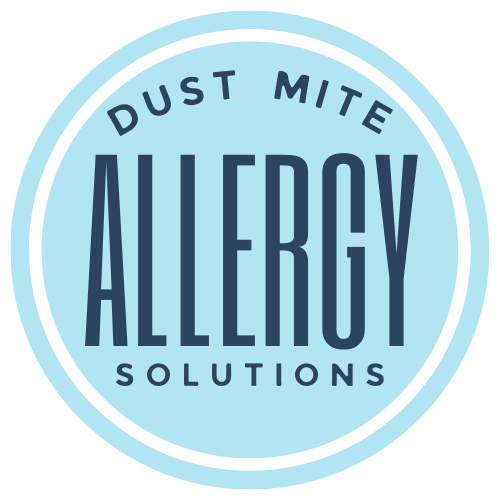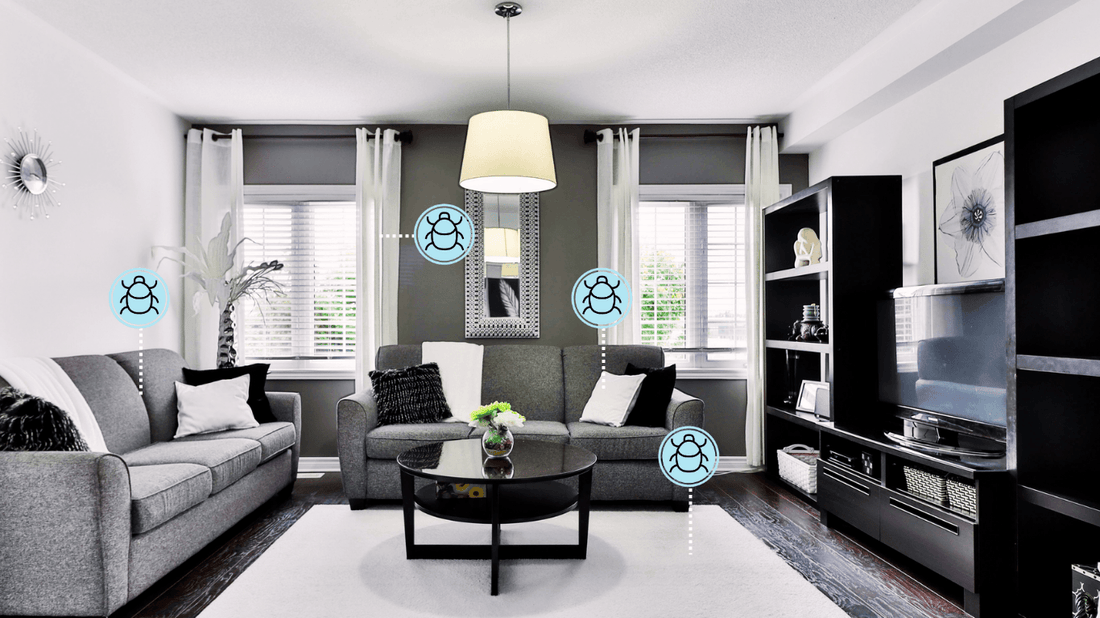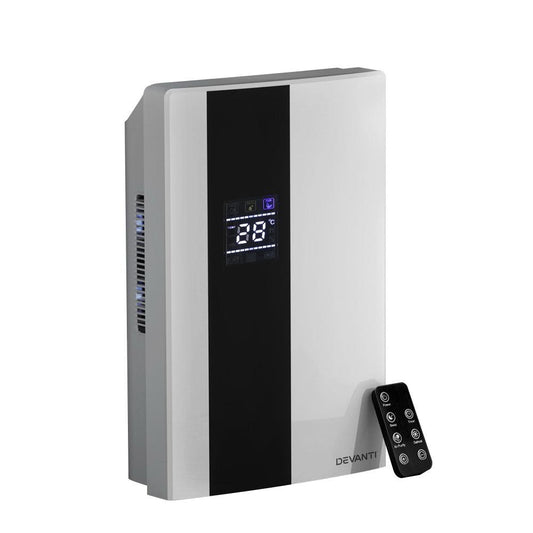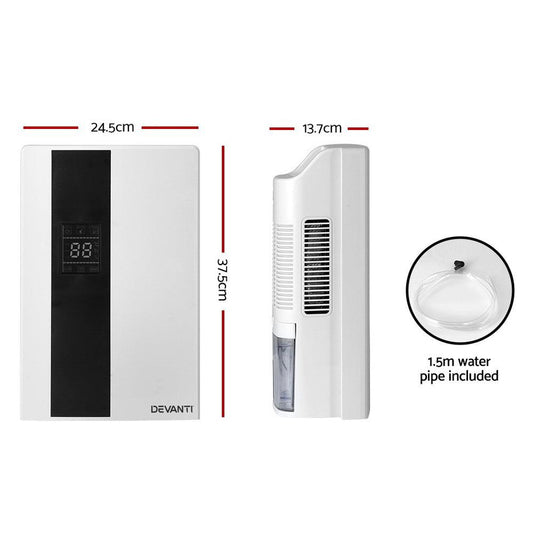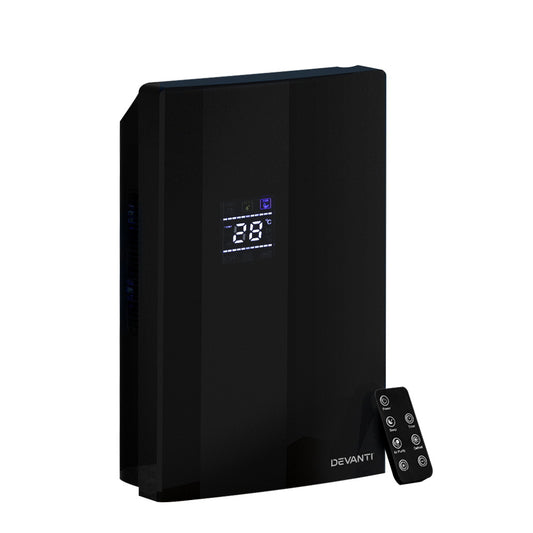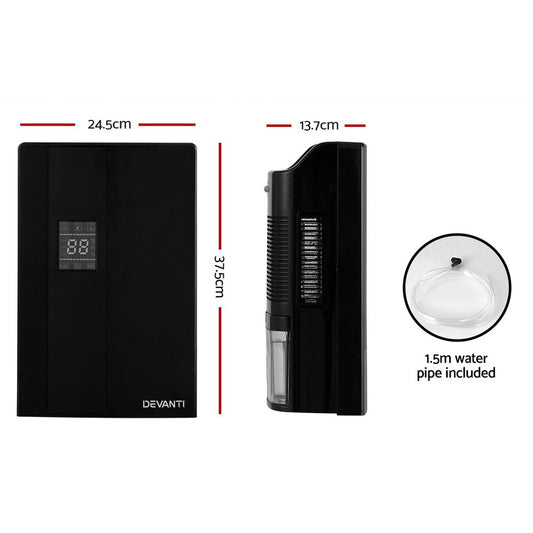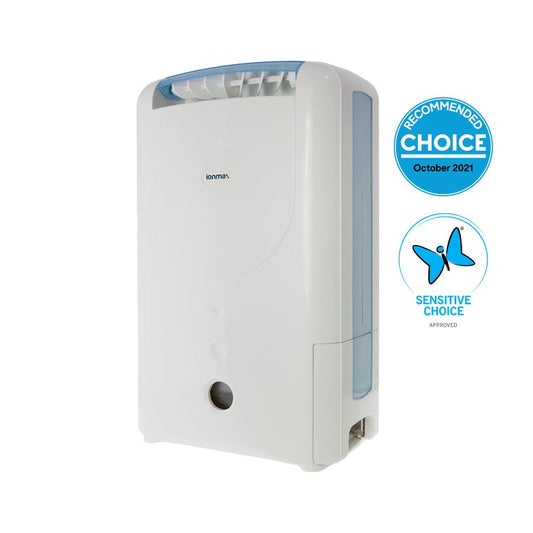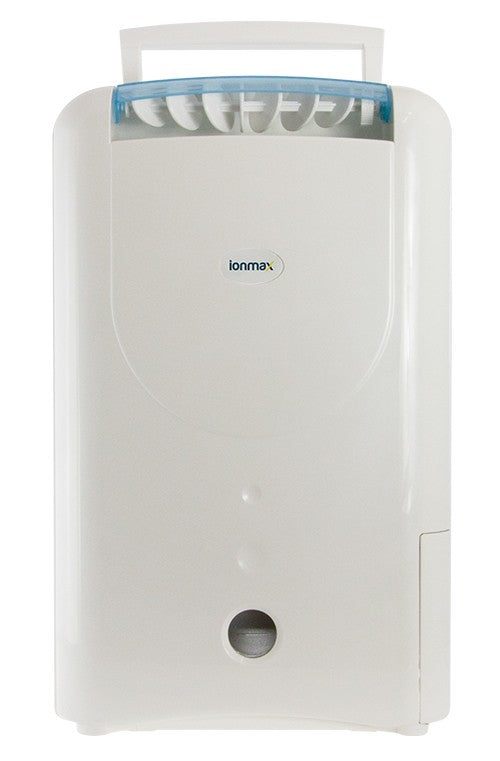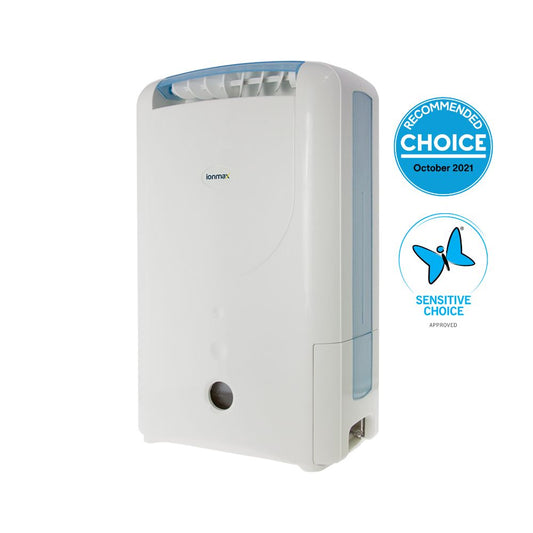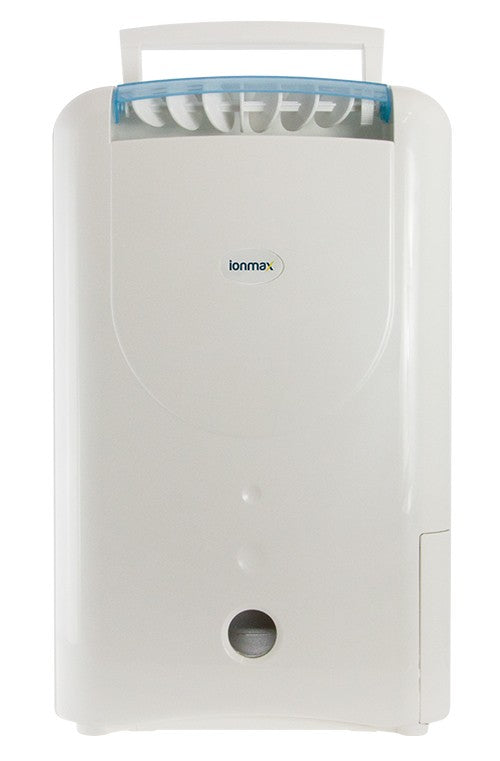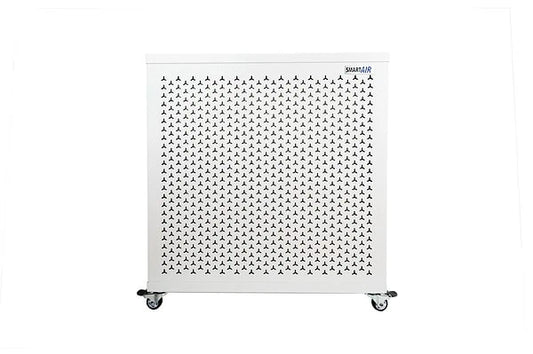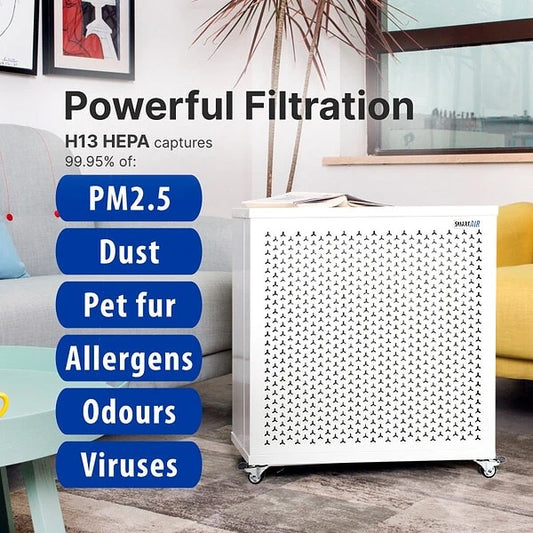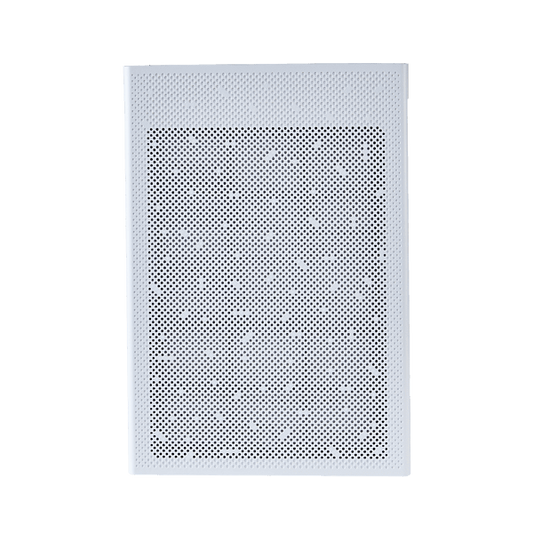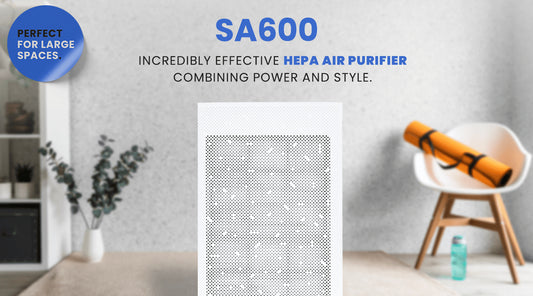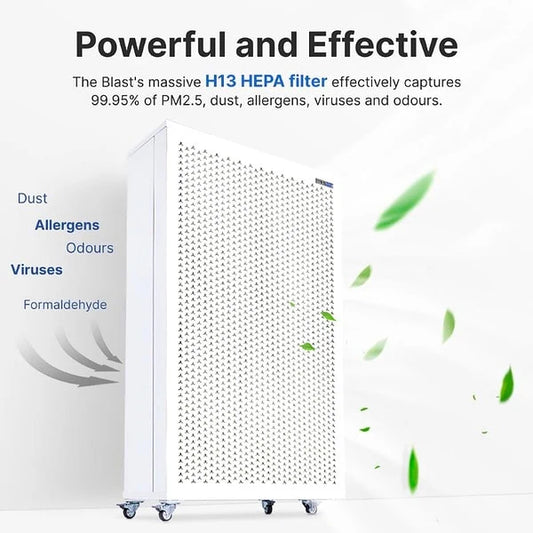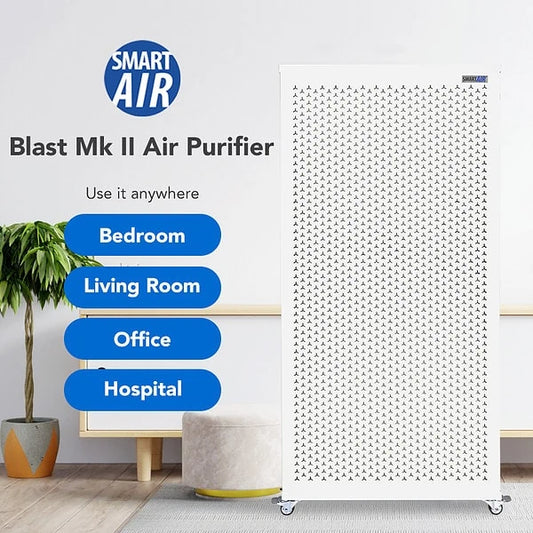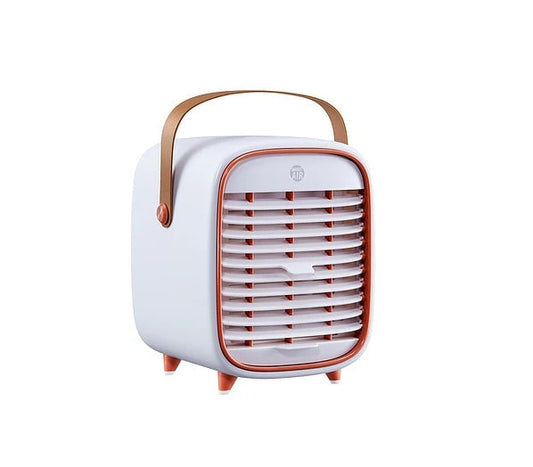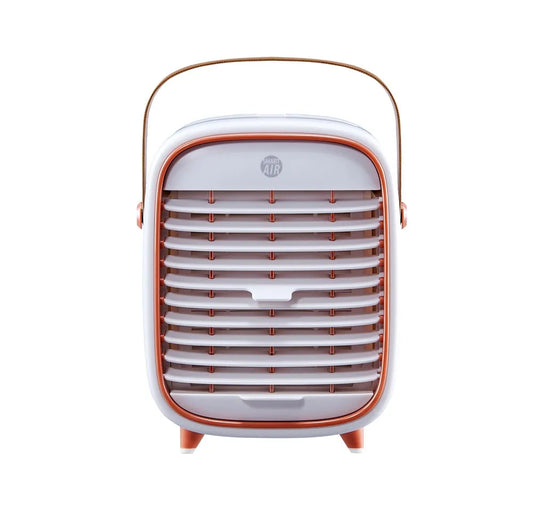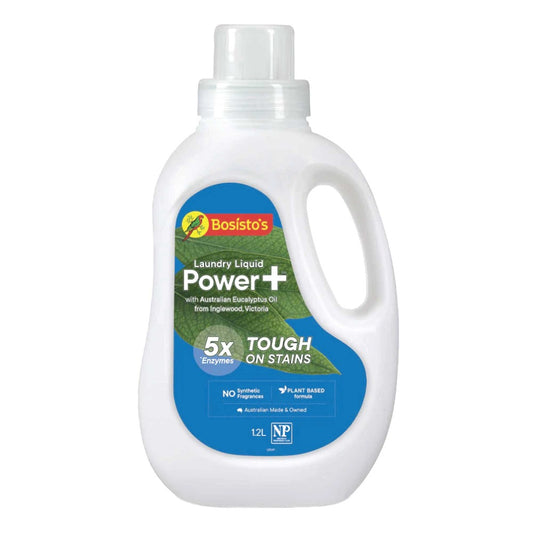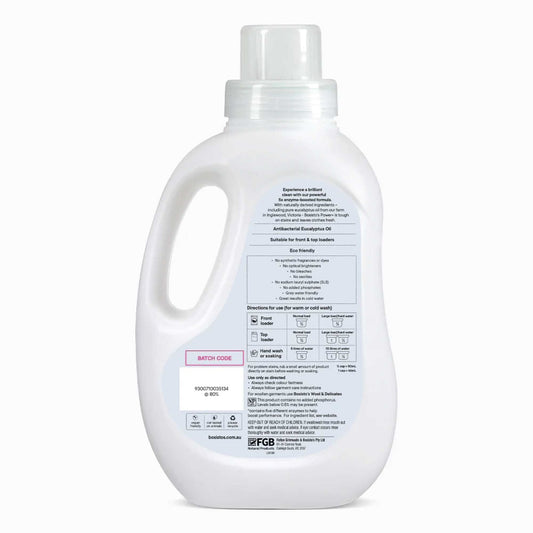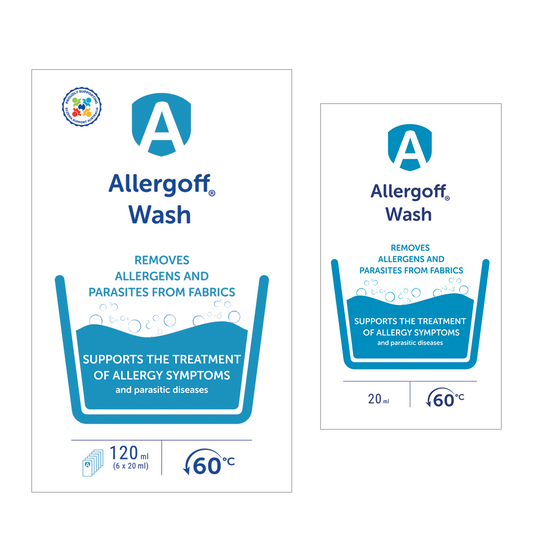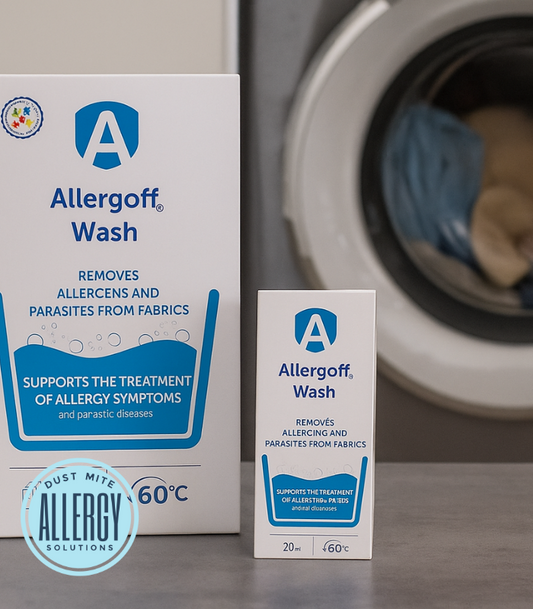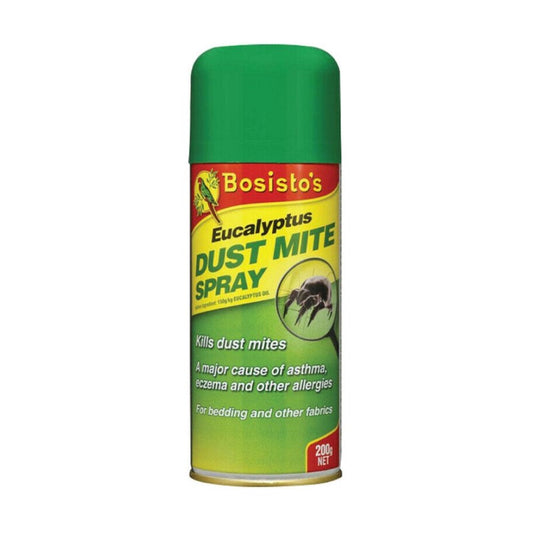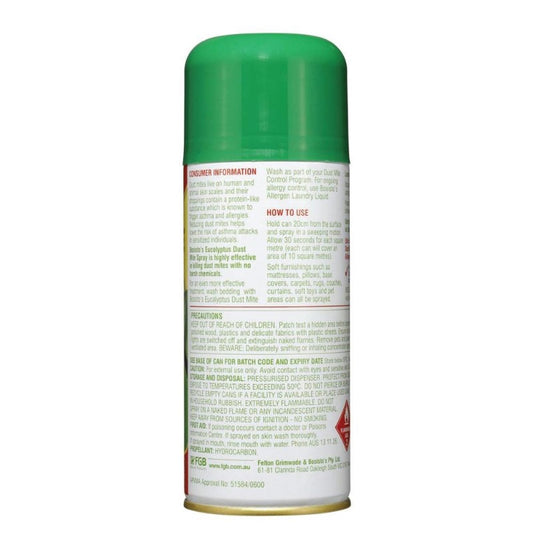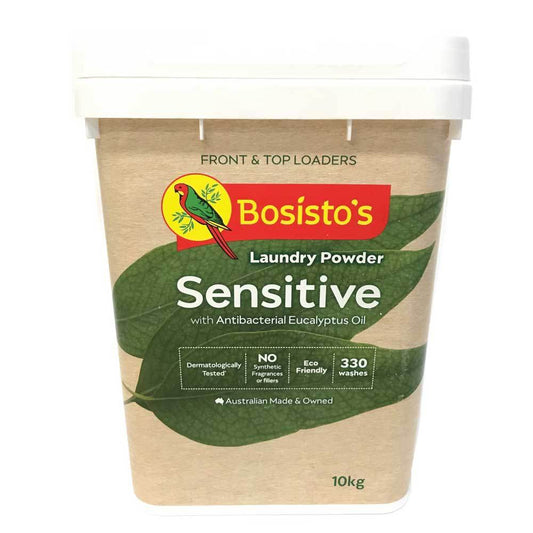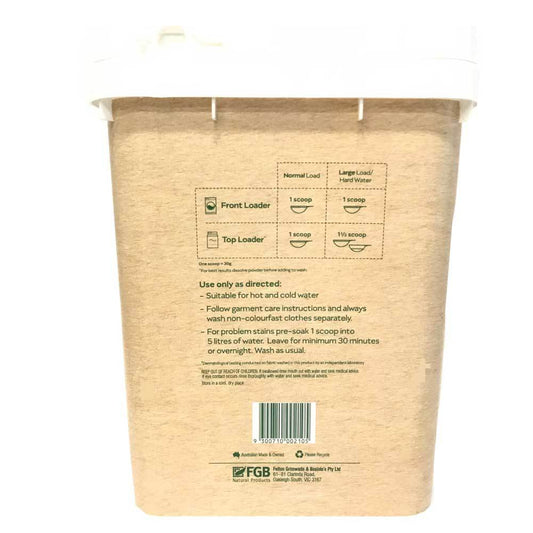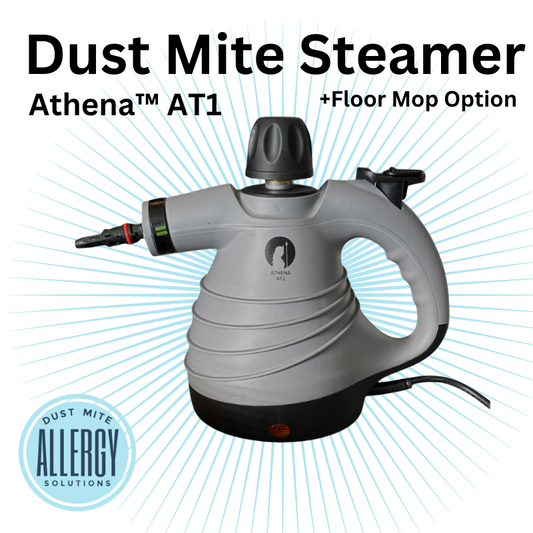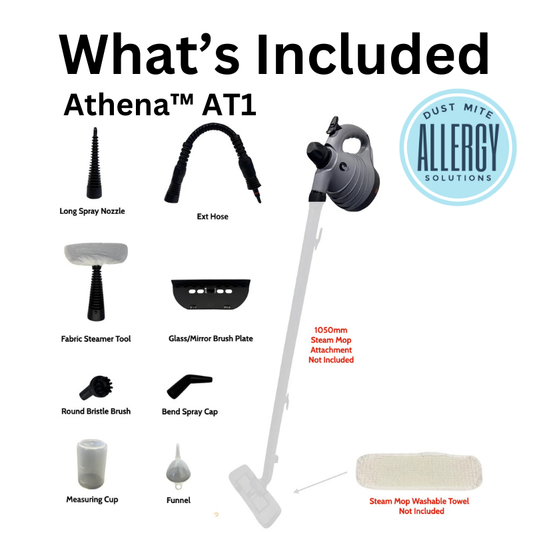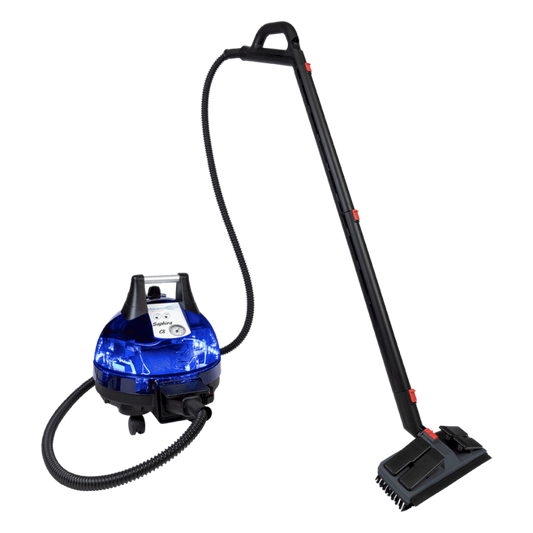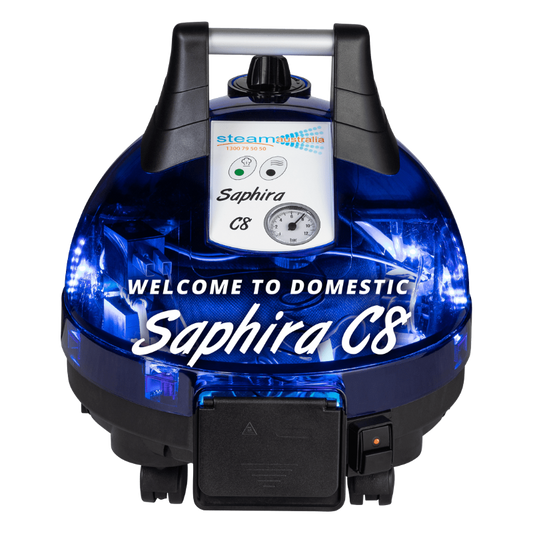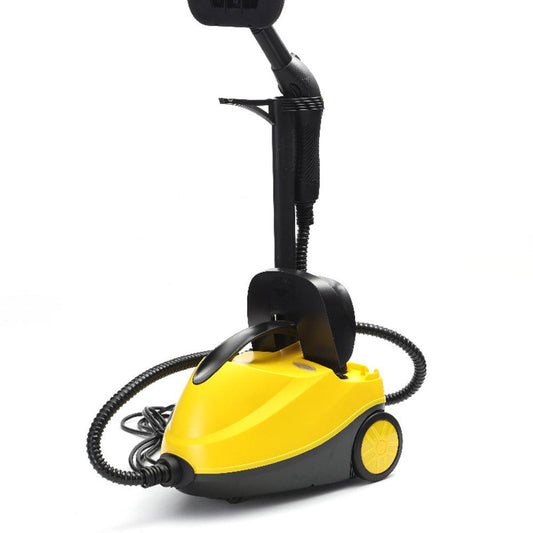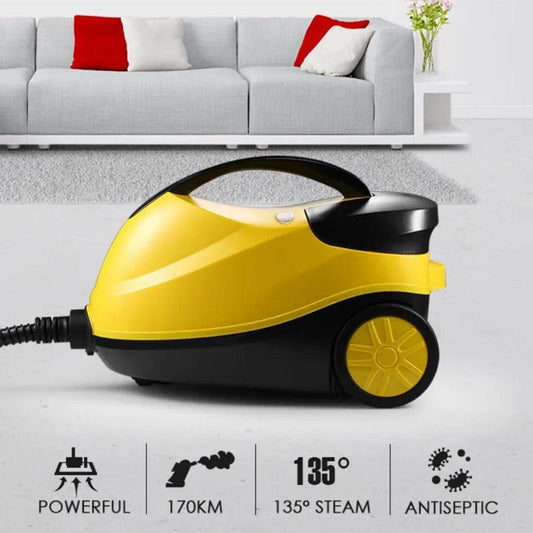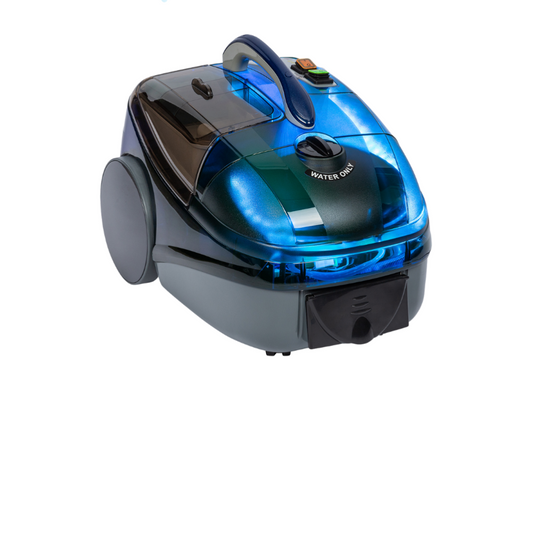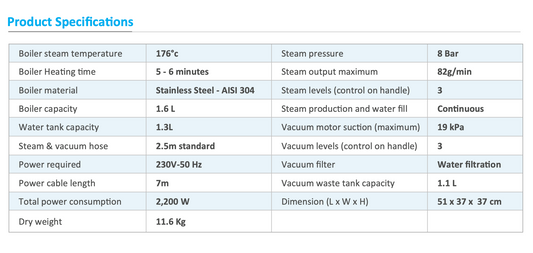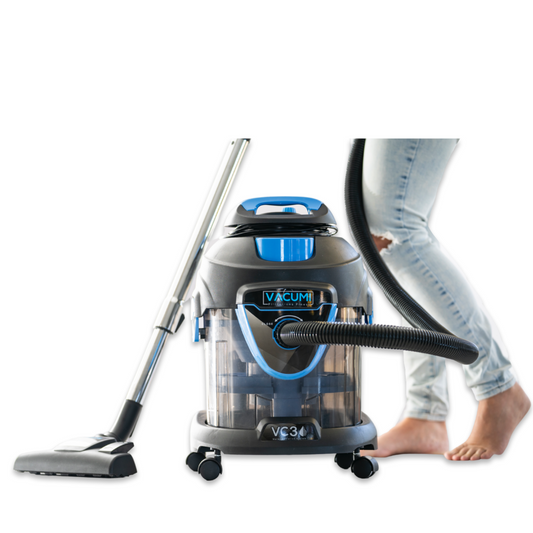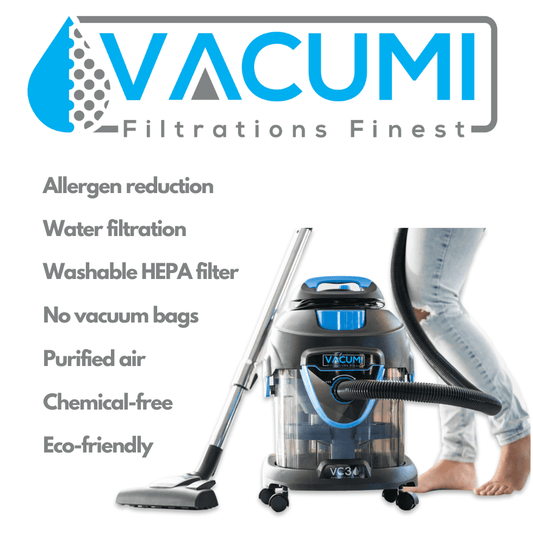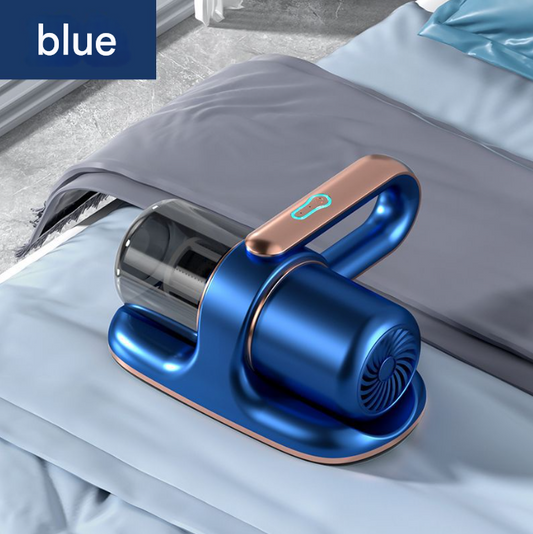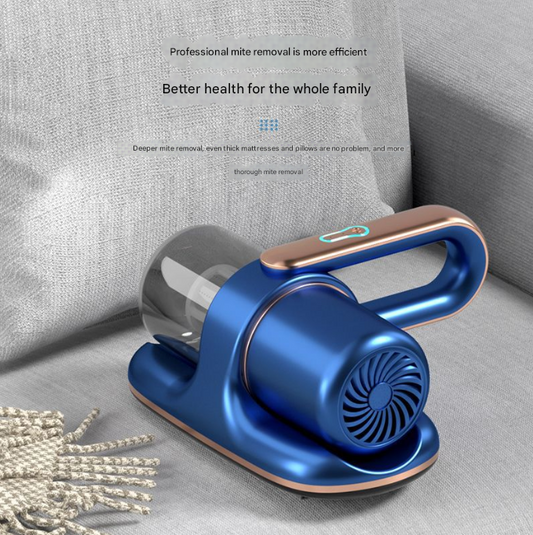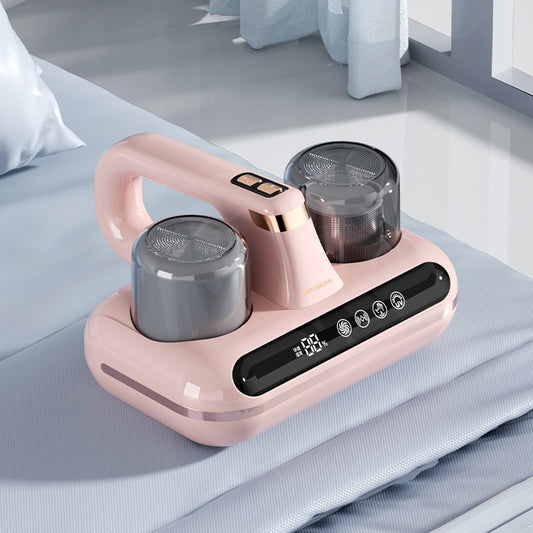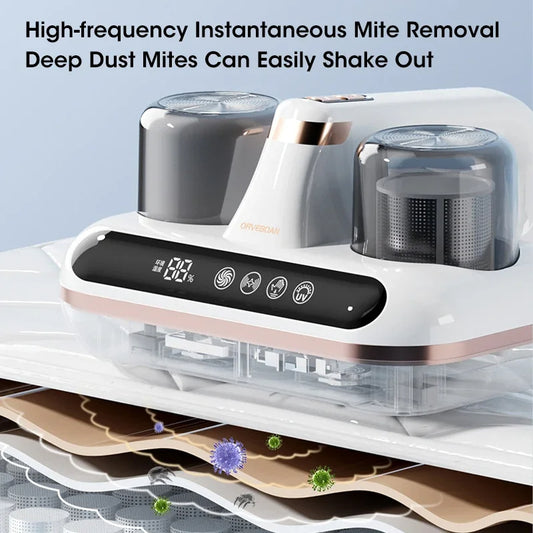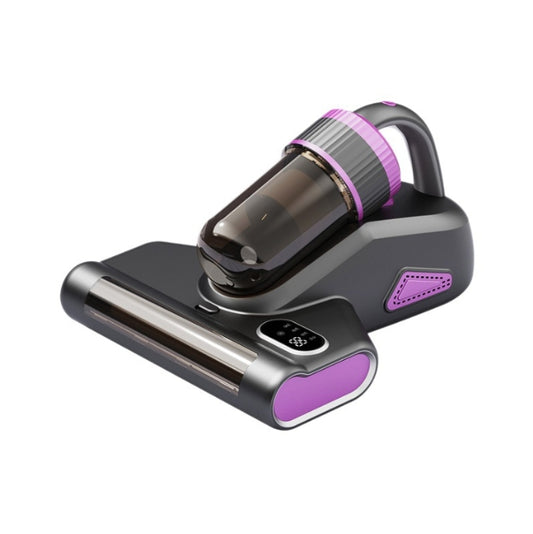The bad news is that it is unlikely you will completely get rid of dust mites in your house. The good news is that there is a lot you can do to get rid of allergens which should improve your allergy symptoms.
How to get rid of dust mites in house - a comprehensive room-by-room guide
Dust mites can live in many places in your house, especially where it's dusty or there are furnishings and fabrics.
By using different methods together, you can greatly lower the number of dust mites.
- Can you completely get rid of dust mites?
- How to get rid of dust mites in your bedroom
- How to get rid of dust mites in your living room
- How to get rid of dust mites in your kids room
- How to get rid of dust mites in your kitchen
- How to get rid of dust mites in your bathroom
- How to get rid of dust mites in house - our most effective products
Where do dust mites live?
Dust mites thrive in environments that are warm and humid. They prefer temperatures around 20-25°C (68-77°F) and a relative humidity of about 70-80%. Mites feed on flakes of shed human skin, pet dander, mould and other organic matter and they are commonly found in household dust.
Their ideal habitats are typically found in upholstered furniture, bedding, carpets, and curtains, where they can find both the warmth and humidity they need, as well as a steady supply of food.

Usual places where dust mites live
- Bedding: Mattresses, pillows, sheets, and blankets.
- Carpets and Rugs: Especially if not regularly cleaned.
- Upholstered Furniture: Sofas, couches, and cushions.
- Stuffed Toys: Particularly if left unwashed.
- Curtains and Drapes: Especially if infrequently cleaned.
- Clothing: Sometimes, if not disturbed for a long time.
- Pet Bedding: Where pet dander accumulates.
Dust mites are less likely to be found in
- Outdoor environments, as they are primarily indoor pests
- Extremely dry climates or areas with low humidity
- High altitudes where the air is thinner and drier
- Well-ventilated spaces that reduce humidity levels
- Regularly cleaned and vacuumed homes with minimal dust accumulation
- Synthetic and leather materials, as they prefer natural fibers
Can you completely get rid of dust mites?
The short answer is no, it's not possible to completely get rid of dust mites from your home. However, there are many things you can do to reduce their numbers and control their growth, which can help alleviate your allergy symptoms. Read on to find out what are our top tips to get rid of dust mites in your home as well as a plan for each room.
How to minimise dust mites in bedroom
Clean your mattress
- Read our tips how to clean a mattress if you have dust mite allergies
- Vacuum mattress with a HEPA-filtered vacuum.
- Consider steam cleaning for deep sanitisation.
- Keep the mattress dry to prevent moisture buildup.
- Maintain overall cleanliness in the bedroom.
- Seek professional cleaning services if needed.
Use dust mite mattress, pillow and duvet protectors
- Dust mite mattress protectors trap allergens, significantly reducing exposure to dust mite waste that triggers allergic reactions.
- They provide a physical barrier, preventing dust mites from infesting mattresses and pillows.
- These protectors are often hypoallergenic, further minimising the risk of allergy flare-ups.
Clean curtains and drapes
- Vacuum curtains on both sides with a HEPA-filtered vacuum, focusing on folds and seams.
- For washable curtains, follow care label instructions.
- Air dry or tumble dry curtains on low heat.
- For non-washable or delicate curtains, opt for professional cleaning.
- Alternatively, use a steamer to sanitise non-washable curtains.
Replace carpet with hard flooring
- Replace wall-to-wall carpeting with hardwood or laminate flooring if feasible.
- Regularly vacuum carpets with a HEPA-filtered vacuum, focusing on high-traffic areas and corners.
- Perform steam cleaning every few months to kill dust mites and eggs with high-temperature steam.
Use an air purifier with HEPA filter for allergies
- Choose an air purifier with a HEPA filter to capture dust mite particles and allergens.
- Ensure it has a coverage area appropriate for your room size.
Reduce humidity
- Keep bedroom humidity below 50% using a dehumidifier to control dust mite growth.
- Ensure good ventilation and air circulation to reduce moisture and prevent dust mites.
Other useful ideas
- How to get rid of dust mites in your mattress - a step by step guide
- How can dust mite mattress protector help with allergies?
- Hypoallergenic vs anti-allergy bedding
- Choosing the best mattress for dust mite allergies
- How to select the best hypoallergenic quilt
- The ultimate guide to hypoallergenic bedding for dust mite allergies
- Hypoallergenic pillows - do they really help with allergies?
How to minimise dust mites in your living room
Reduce clutter
- Minimise clutter in your home, as it provides more surfaces for dust to accumulate.
Sofa and upholstered furniture
- Vacuum upholstered furniture thoroughly focusing on seams and crevices.
- Regularly wash removable cushion covers in hot water
- Steam cleaning fabric furniture to effectively kill dust mites and remove allergens.
Cushions and pillows
- Wash removable cushion and pillow covers in hot water (at least 54°C) regularly
- Ensure covers are completely dry before reusing.
- If you choose to use decorative cushions, consider purchasing dust mite pillow protectors.
- Regularly air out cushions and pillows in direct sunlight.
- Vacuum cushions and pillows thoroughly using a dust mite vacuum, focusing on seams and folds.
- If possible, use a dust mite steam cleaner for additional sanitisation.
Use an air purifier with HEPA filter for allergies
- Choose an air purifier with a HEPA filter to capture dust mite particles and allergens.
- Ensure it has a coverage area appropriate for your room size.
Reduce humidity
- Keep bedroom humidity below 50% using a dehumidifier to control dust mite growth.
- Ensure good ventilation and air circulation to reduce moisture and prevent dust mites.
Replace carpet with hard flooring
- Replace wall-to-wall carpeting with hardwood or laminate flooring if feasible.
- Regularly vacuum carpets with a HEPA-filtered vacuum, focusing on high-traffic areas and corners.
- Perform steam cleaning every few months to kill dust mites and eggs with high-temperature steam.
Dusting and cleaning with dust mite allergies
- Wear a good quality face mask if you are dusting.
-
Start dusting from the top of the room (like ceiling fans or high shelves) and work your way down to lower surfaces and floors. This ensures that any dislodged dust particles are cleaned up in the lower dusting stages.
-
Dust at least once a week to keep allergen levels low.
-
Dry dusting can kick up allergen particles into the air. If you don't have a damp or microfiber cloth, use a dusting spray to help trap particles.
-
Regularly clean air vents and replace filters in heating and cooling systems to prevent dust circulation.
-
Once dusting is done, vacuum the room with a HEPA-filtered vacuum to pick up any particles that have settled on the floor.
Other useful tips
- Is dust mite spray effective?
- Dust mites in sofas: how to eliminate them
- Key to successfully eliminating dust mites in your home
- Essential vacuum cleaner features for dust mite sufferers
- Do air purifiers work for allergies?
How to get rid of dust mites in kids rooms
Stuffed Toys
- Wash stuffed animals and toys regularly or place them in the freezer for a few hours to kill dust mites.
Clean curtains and drapes
- Vacuum curtains on both sides with a HEPA-filtered vacuum, focusing on folds and seams.
- For washable curtains, follow care label instructions.
- Air dry or tumble dry curtains on low heat.
- For non-washable or delicate curtains, opt for professional cleaning.
- Alternatively, use a steamer to sanitise non-washable curtains.
Use an air purifier with HEPA filter for allergies
- Choose an air purifier with a HEPA filter to capture dust mite particles and allergens.
- Ensure it has a coverage area appropriate for your room size.
Reduce humidity
- Keep bedroom humidity below 50% using a dehumidifier to control dust mite growth.
- Ensure good ventilation and air circulation to reduce moisture and prevent dust mites.
Replace carpet with hard flooring
- Replace wall-to-wall carpeting with hardwood or laminate flooring if feasible.
- Regularly vacuum carpets with a HEPA-filtered vacuum, focusing on high-traffic areas and corners.
- Perform steam cleaning every few months to kill dust mites and eggs with high-temperature steam.
How to get rid of dust mites in your kitchen
- Dust and wipe all surfaces (countertops, shelves, appliances) using a damp or microfiber cloth to remove dust mites and allergens.
- Focus on areas prone to food particle and crumb accumulation to deter dust mites.
- Store food in airtight containers to avoid contamination and deny dust mites access to food.
- Ensure good ventilation and control humidity in the kitchen to create an unfavourable environment for dust mites.
Dishcloths and Towels
- Wash dishcloths, towels, and oven mitts regularly in hot water to ensure they are free of dust mites and their allergenic particles.
How to get rid of dust mites in your bathroom
- Mold in bathrooms can foster dust mite growth due to similar environmental needs.
- Mold releases spores, serving as a food source for dust mites.
- Dust mites feed on mold particles, increasing indoor allergens.
- Keep humidity low in bathrooms using exhaust fans, dehumidifiers, or ventilation.
- Lower humidity prevents mold and creates a hostile environment for dust mites.
- Use a washable shower curtain and clean it regularly to prevent mould and dust mites.
